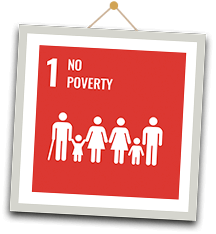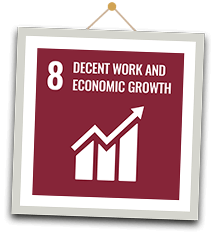A path built through resilience: How savings groups are strengthening livelihoods and child protection in Tanzania?
In Kalemela B, Tanzania, a village savings group is showing how progress takes hold when farmers lead their own development. Through the Tumaini VSLA, members like Asia Salum turn local knowledge into practical solutions: investing in groundnuts, livestock and collective goat-rearing. When people decide together, incomes stabilise, children stay in school, and communities build systems that withstand shocks. As we look toward Morocco 2026, their experience reminds us that lasting change begins with inclusion and the voices of those closest to the challenge.


















